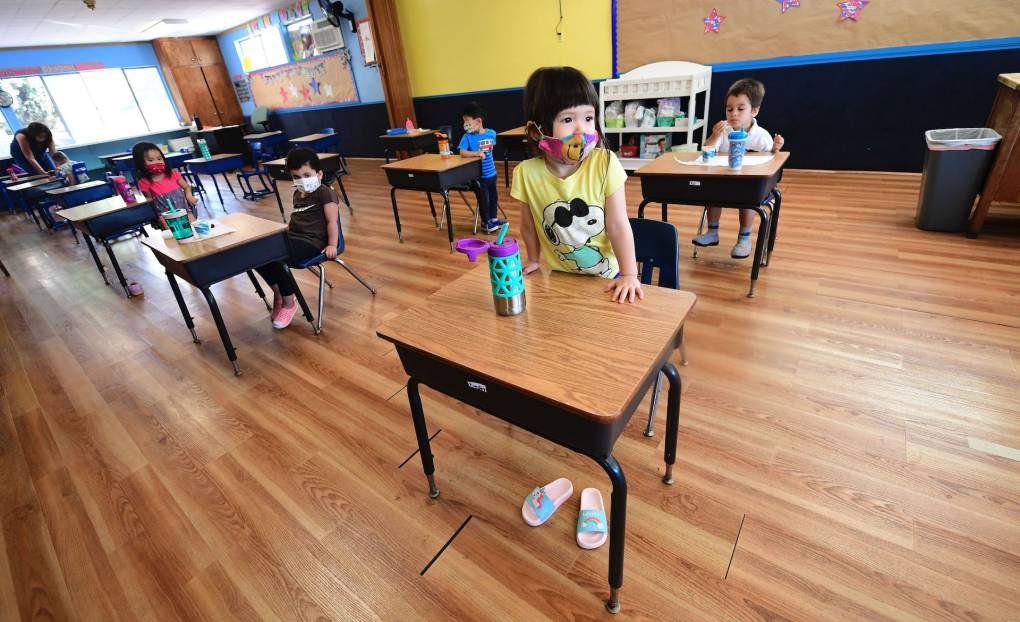What should families be thinking about when it comes to school this year?
There are risks at a societal level and there are risks at the individual level, and they’re both things that parents and families should be thinking about.
The risk to society and the effects we know come from schools being closed include poor educational outcomes for kids, which I think people really saw in the spring when schools were shut down, with very limited access to being able to learn.
That was exacerbating very clear existing disparities for kids who are poorer and have less access to the internet and devices at home.
Then there’s also very serious issues around mental health outcomes. So a lot more depression and anxiety in kids all across the socioeconomic spectrum — poor kids, rich kids, everybody struggling a lot. That’s important to be thinking about as we try to advocate for do we reopen or do we not reopen.
The other piece is the individual decision-making for parents. What is your school doing to help mitigate and decrease risk of transmission? There is also your own tolerance for risk to you and your family to consider.
Do you have any advice for parents to do better with distance learning?
That is such an important question, and it is extraordinarily hard to answer. As both a pediatrician and a mom, I struggle with it.
One important thing is acknowledging and recognizing the challenge for students of being distracted by screens.
If they’re on Zoom with their school, it’s very hard for them to resist going to other parts of their device, getting access to YouTube, to playing games, and to other things online. I haven’t seen a good technological solution to that yet. So, talk to them about the fact that distraction is hard and try to set it up so they have ways of limiting that.
The other thing is mental health. As this goes on for a long time, try to help students figure out how to have relationships, things like social distancing walks. Continuing their relationships is going to be extremely important. And being able to talk about their emotions.
Are there some overall messages for us to keep in mind as this pandemic evolves?
In some discussions, people set it up as a conflict between teachers and families, or teachers and pediatricians, with pediatricians and families wanting the kids to go back and the teachers saying no. I would say we need to support our teachers. They have to stay safe. We have to provide them with resources and testing capacity to be able to teach in a safe manner. We are all in it together. COVID is the enemy.
Also, we know a lot more than we did in March about how to mitigate risk. So we do know how to do it safely. We’ve seen other countries, reopen with relatively low community prevalence and they have zero infections, especially in their elementary schools, and they can control it in their high schools with hybrid curricula. So we know it can be done. We just need to commit to doing it as a society.
My last take is, right now, we’re in a surge. As we get to the next stage, we need to open schools before we open bars and restaurants.
